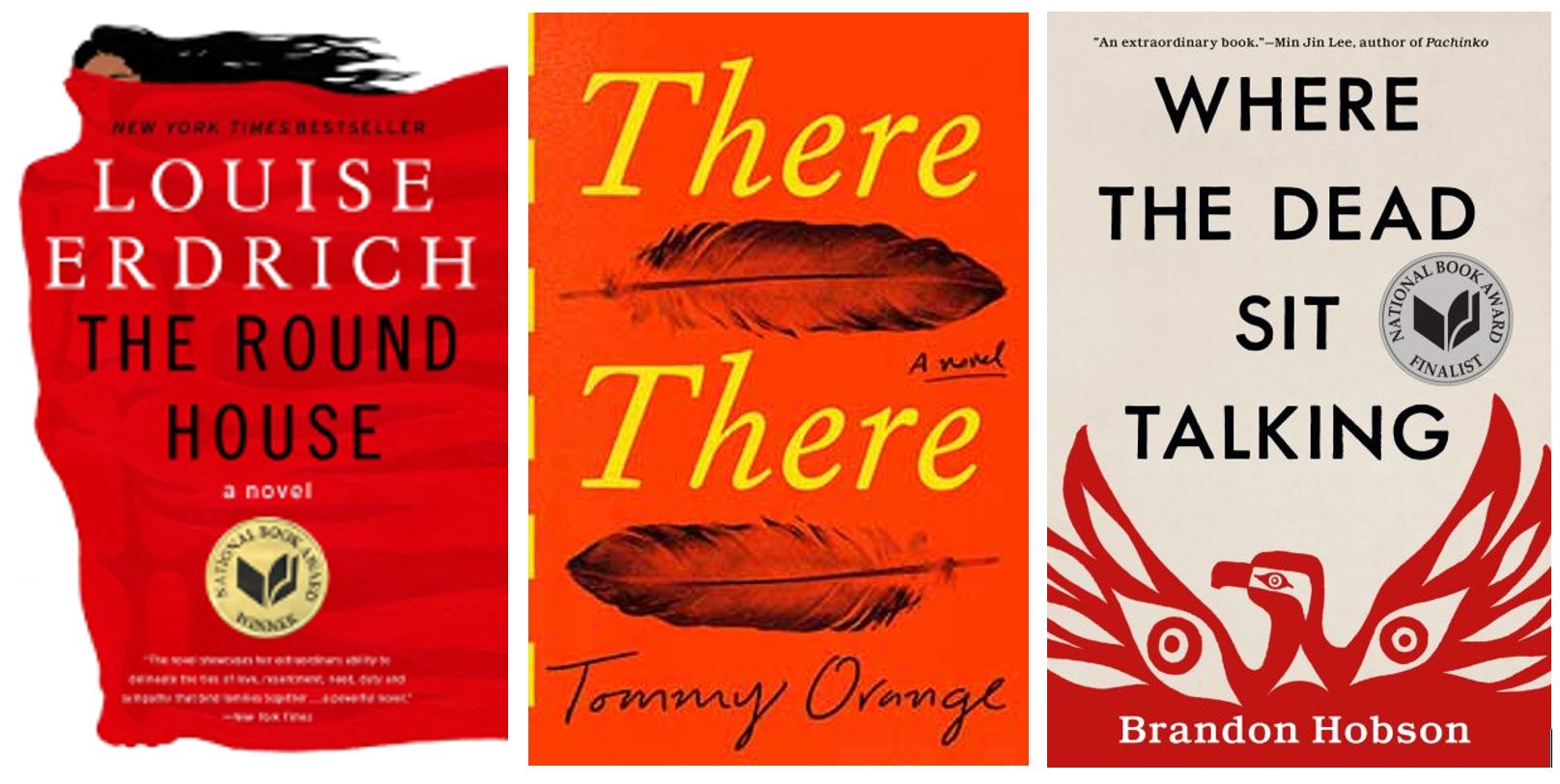By Mandy Medvin, Elizabeth Ford, and Charlene Klassen Endrizzi, Westminster College, PA., retired faculty
 “Who’s telling the story? What changes when someone else tells the story?” Videos like this one, “The Trouble with History,” from the Native New York exhibit, a branch of Smithsonian’s Museum of the American Indian, challenge students, teachers and parents to consider, “What if the story we are reading isn’t the only one?” And what if the text contains labels that marginalize specific groups?
“Who’s telling the story? What changes when someone else tells the story?” Videos like this one, “The Trouble with History,” from the Native New York exhibit, a branch of Smithsonian’s Museum of the American Indian, challenge students, teachers and parents to consider, “What if the story we are reading isn’t the only one?” And what if the text contains labels that marginalize specific groups?
This month we seek to move beyond a single, white Euro-centric lens on the Westward Movement, a common feature in many middle grade social studies’ textbooks. Louise Erdrich’s The Birchbark House series and Laura Ingalls Wilder’s Little House novels, both aimed at middle grade readers, are set in the mid-late 1800s and offer a comparative lens on this time period in U.S. history, often called the “pioneer era.” Louise (1954-present) wrote her books based on her family research as a member of the Turtle Mountain band of Ojibwe, Anishinaabe people who lived in the Great Lakes region. Laura (1867 – 1957), born nearby in Wisconsin, provides an early white-centric perspective on the same historical time period and location. Juxtaposing these series offers a way to initiate conversations with students regarding two distinct ways of life and perspectives. Continue reading


